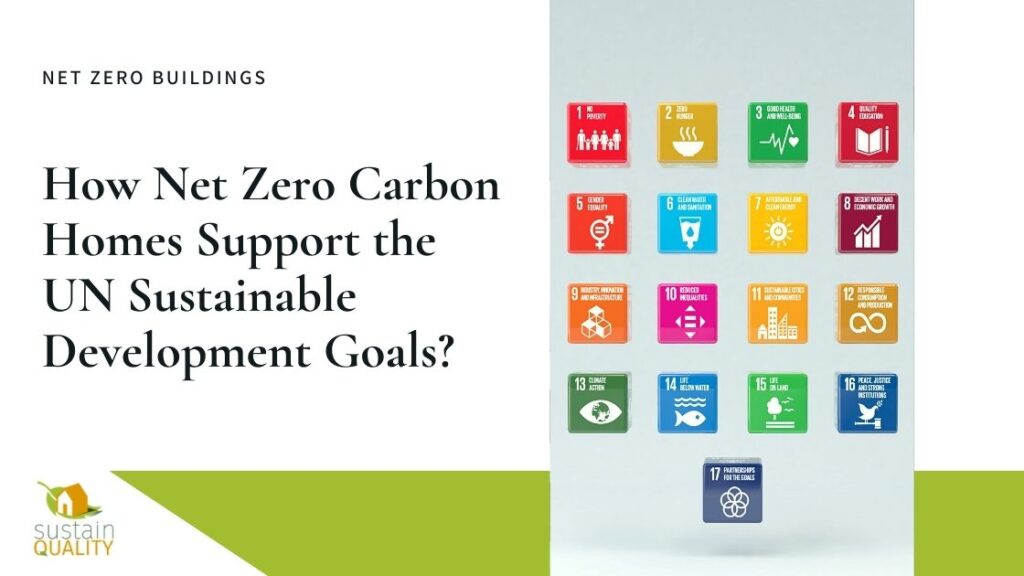Sustainability is at the forefront of every building designer’s mind today. And for many, the firm focus is on designing structures that reduce operational emissions; that require less energy to heat; that enhance the indoor environmental quality; that reduce waste.
However, it’s becoming increasingly apparent that designers must be able to envision the entire process to build sustainable designs that set us in motion toward net zero.
Unlike operational emissions, which are those generated through the use of a building, embodied emissions are those that are generated through the building process itself. This includes the extraction, manufacture, and transport of all required materials; aspects that designers aren’t always closely involved with in new building construction.
Embodied Emissions
Around 40% of all greenhouse gas emissions come from buildings, and it’s estimated that embodied emissions account for around one-quarter of all emissions a building will emit during its lifetime. More needs to be done if we’re to meet the World Green Building Council’s mission to reduce embodied emissions by 40% by 2030, and to achieve net zero embodied carbon and operational carbon in all buildings by 2050.
These are some ambitious goals, and there are only two possible ways to achieve them: freezing new construction or embracing whole life cycle assessments (WLCA).
WLCA & Emissions
Whole life cycle assessments, or WLCA, take a holistic approach to built assets and can help designers not only consider the carbon impact of a structure at the architectural and operational level but across the building’s entire lifespan, including construction.
Tackling embodied carbon is critical at the design stage. While operational emissions challenges can be addressed and mitigated throughout a building’s life cycle, there’s only one chance to reduce embodied emissions: at the design stage.
How To Reduce Embodied Emissions
A highly valuable resource that designers can utilize is the BREEAM Standard; a best practice framework that helps designers take more flexible approaches that can help to both directly reduce embodied emissions and indirectly support the reduction of carbon emissions across the entire life cycle of a building, including operations.
Direct opportunities arising from the framework are those such as green procurement. With an estimated 11% of embodied emissions coming from steel and cement manufacture, for example, there is an opportunity here for alternative materials.
Indirectly, on the other hand, this framework can be used to shape how designers approach embodied emission reduction to facilitate further reductions in the future.
An example of this is in the choice of glazing for a new structure. While a designer may consider the installation of triple glazing for sustainability, the Royal Institute of Chartered Surveyors estimates that the embodied emissions generated from triple glazing can be twice as much as the operational benefits seen from such a design feature. Taking a WLCA approach ensures early design stage decisions align with net zero goals.
Starting on The Right Foot
While much of the attention is driven into operational emissions, it’s clear that the entire lifecycle of a building needs to be considered right in those earliest design stages to ensure best practices are integrated into the very foundations of a structure. Looking at the whole – rather than working in silos – is what’s going to drive a sustainable future.

